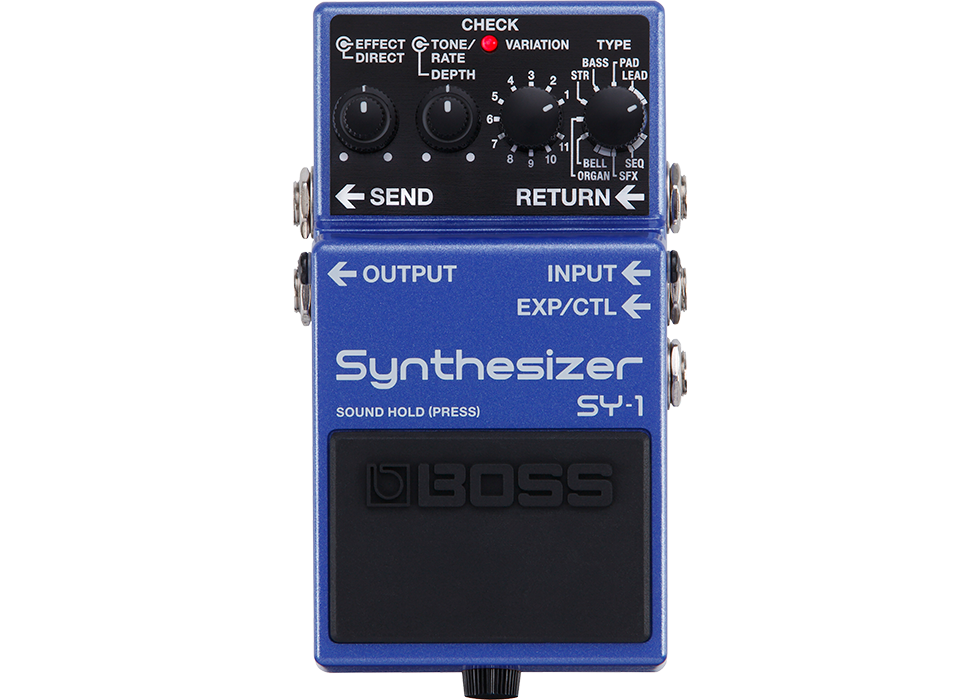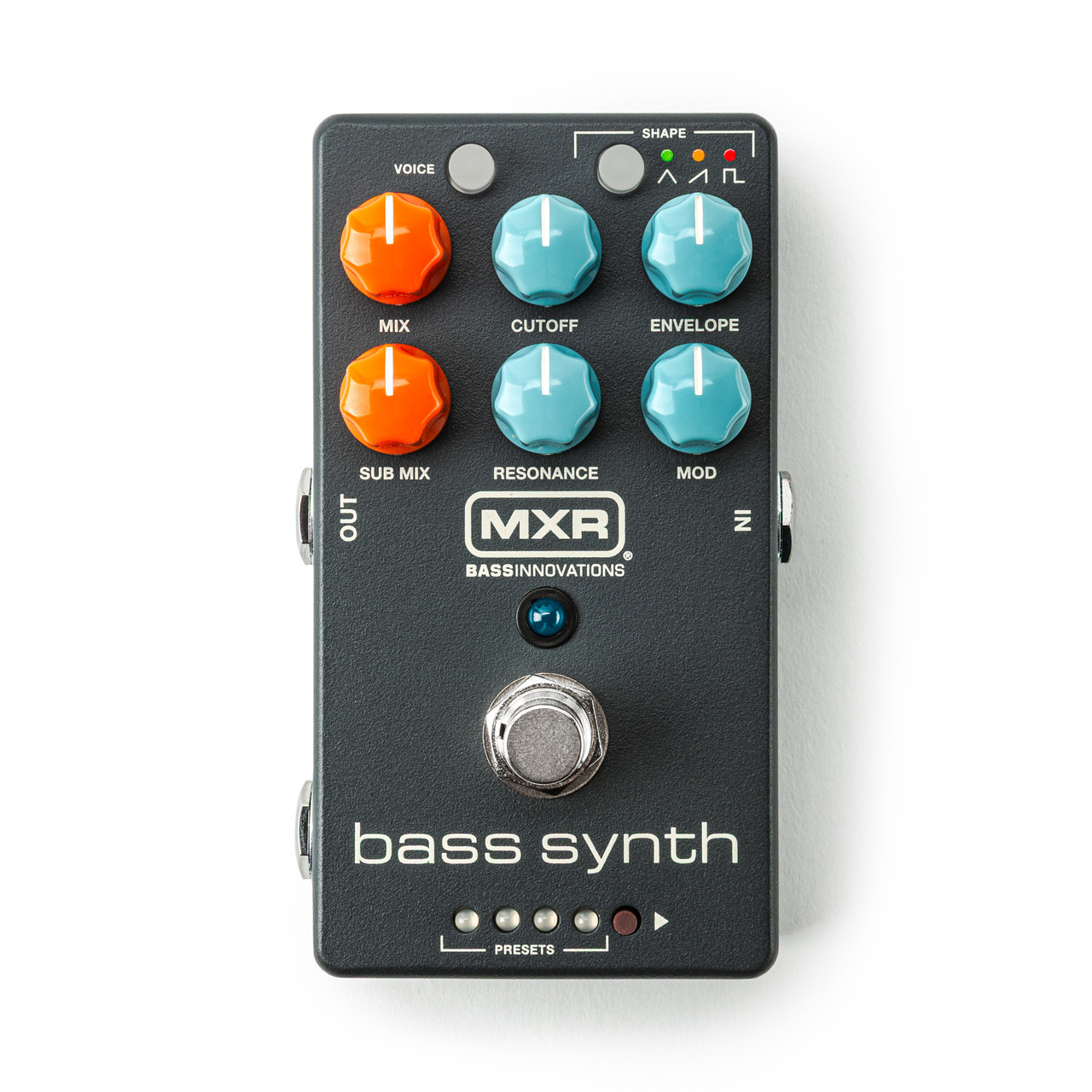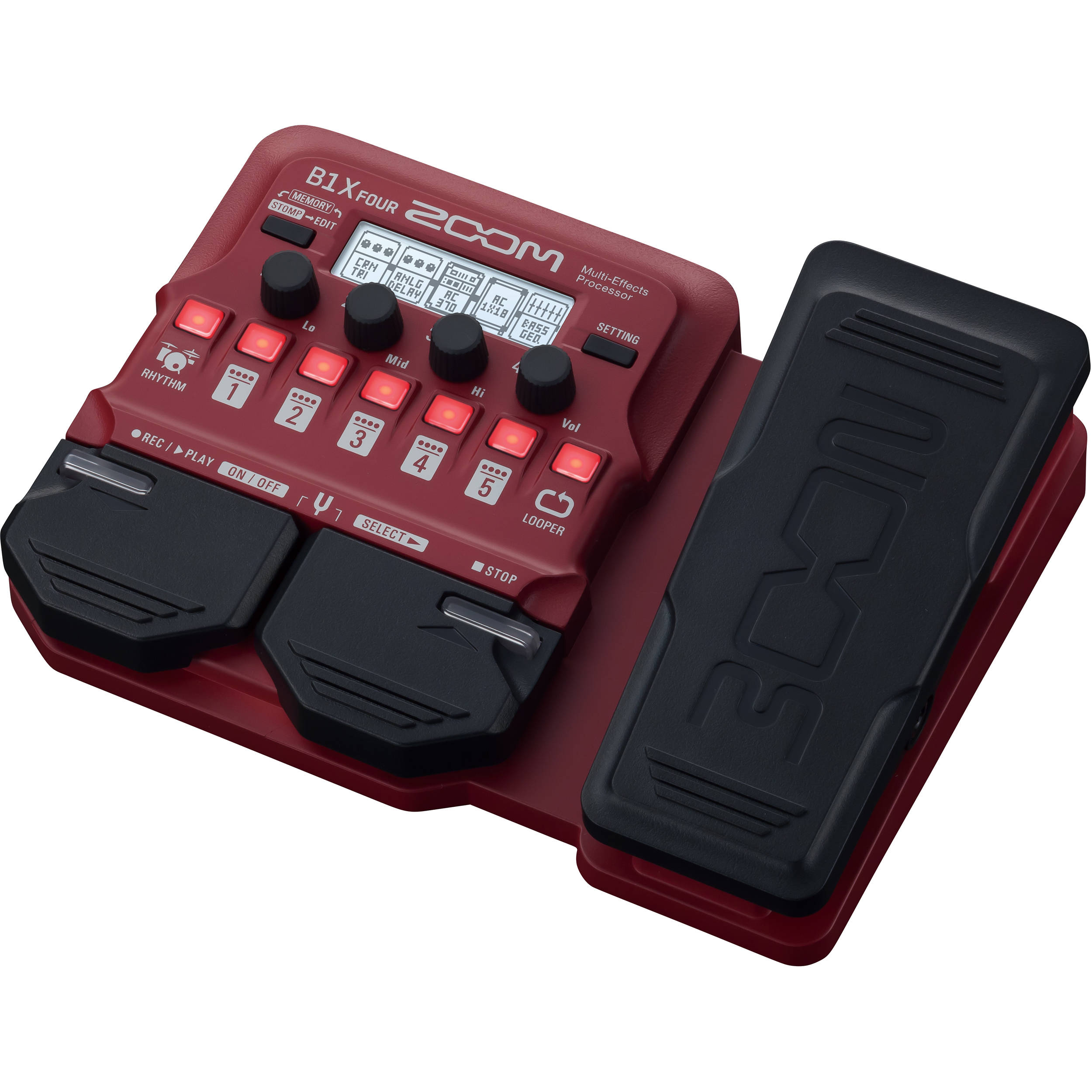
Joyo BA-30 Vibe Cube – Compact and Loud: Amp Review (2025)
Joyo BA-30 Vibe Cube: Compact Format, Full-Scale Control The Joyo BA-30 “Vibe Cube” represents a notable step forward in the micro bass amp category by combining a compact 30W solid-state power section with advanced tone-shaping and integrated modern connectivity. While its physical dimensions place it firmly in the “desktop/practice” class (165 × 183 × 215 mm, 2.7 kg), its feature set is considerably more sophisticated than the typical small-format combo. Verdict – Joyo BA-30 Vibe Cube Check Price on Amazon –> Disclaimer: This amplifier was kindly provided by Joyo for the purpose of this review. However, this does not influence our opinions or the content of our reviews. We strive to provide honest, unbiased, and accurate assessments to ensure that our readers receive truthful and helpful information. Amplification & SpeakerThe amplifier section delivers 30W RMS into a 4″ full-range driver. While a driver of this size cannot reproduce fundamental low frequencies of a 4- or 5-string bass at stage levels, the enclosure is tuned to maximize low-mid response and perceived bass content. The driver’s voicing appears neutral in the midrange, allowing EQ adjustments to be both audible and predictable. Equalization CircuitryThe BA-30 employs a true 3-band parametric EQ, with continuously variable control over the midrange center frequency. Bass and treble frequencies are fixed (voicing appears to be in the ~80 Hz and ~4 kHz regions, respectively), while the mid control sweeps from approximately 200 Hz to 2 kHz. This allows precise adjustment for either subtractive correction (e.g., removing room boom around 250 Hz) or additive shaping (e.g., emphasizing upper mids for articulation). The circuit topology appears to provide a relatively wide Q, meaning adjustments affect a broader frequency range—useful for musical rather than surgical tone shaping. Compressor ImplementationThe single-knob compressor is a fixed-parameter design controlling multiple variables under the hood. As the knob is advanced, the threshold is lowered and the ratio increased simultaneously, with make-up gain applied post-compression. Attack and release times appear to be preset for bass guitar transient characteristics—fast enough to clamp down on aggressive plucks, yet slow enough to avoid over-damping sustain. The compressor’s benefits here are twofold: first, dynamic range control yields a more even perceived volume and extended sustain; second, peak limiting reduces the likelihood of driver over-excursion, protecting the small speaker from high-energy transients. ConnectivityThe BA-30’s I/O options place it ahead of many competitors in its category. The instrument input is standard 6.3 mm TS, feeding the preamp/EQ/compressor section. Output options include a 3.5 mm stereo headphone jack for silent monitoring, with full signal chain preserved. Bluetooth 5.1 is implemented for high-quality stereo audio streaming with minimal latency, suitable for practice with backing tracks. USB-C OTG connectivity allows direct audio input from compatible devices, enabling playback from smartphones or integration into a simple DAW environment. The power section supports both a standard 19 V DC input and USB-C PD (65 W recommended), allowing battery operation via modern high-capacity power banks. Performance ObservationsWhen measured subjectively, the BA-30 delivers clear, uncolored output with low noise floor, even at maximum gain. Frequency shaping via EQ is highly effective; boosting at ~800 Hz adds significant mid articulation, while cutting at ~250 Hz removes low-mid buildup common in untreated practice rooms. The compressor is musically voiced and remains transparent until the upper range of its control sweep, at which point noticeable sustain enhancement and dynamic leveling occur. Pros Cons FAQs Q: Can I use the BA-30 for gigs?A: It’s best for practice or very small venues; larger spaces require a bigger amp. Q: Is it battery-powered?A: No, it requires mains power. Q: Does it have tone controls?A: Minimal – basic EQ controls, designed for simplicity and portability. ConclusionFrom a technical standpoint, the Joyo BA-30 offers one of the most complete practice-amp platforms in its size and price category. Its EQ implementation and compressor voicing are functional, effective, and above the norm for micro combos, while its connectivity options reflect an understanding of current musician workflows. Although its small driver and limited output preclude stage use, as a personal monitoring, tone-shaping, and mobile practice solution, it is an exceptionally capable device for the serious bass player. Get the Joyo BA-30 Bass Amp here → Other Joyo Gear You Might Like If you enjoyed checking out this Joyo amplifier, here are more Joyo products worth exploring — all tested and reviewed here on BassGearReviews:



